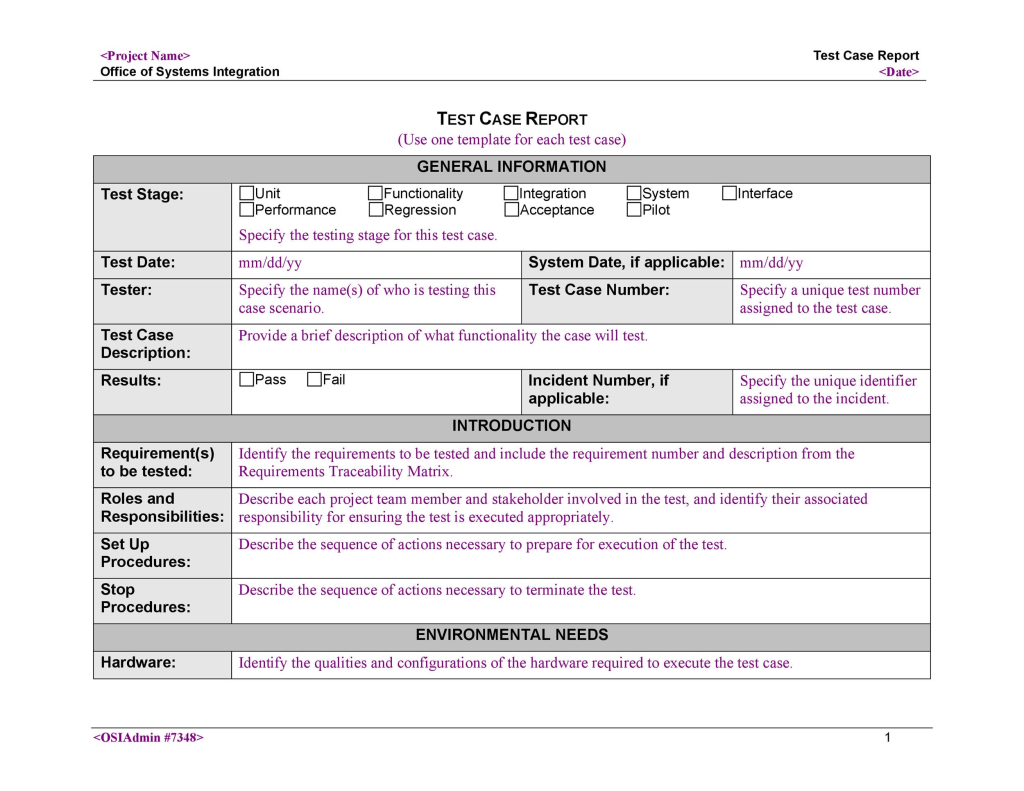A test case is a series of actions taken on a system to gauge its compliance with software specifications and its capacity to execute tasks precisely. A test case’s primary goal is to confirm that a system adheres to all relevant standards, laws, and client requirements. Additionally, it seeks to assess the effectiveness of the system’s different features to see whether they match the expected outcomes. Making a test case may help you find problems or flaws in a system.
Typically, it is customary for individuals who are part of the quality assurance (QA) team or the testing team to create test cases. These test cases provide comprehensive guidelines for systematically executing system tests. Once the development team has finished implementing a system feature or a set of features, the testing phase begins. A test suite refers to a compilation or sequence of test cases.
The verification of requirements can be accomplished by utilizing a test case document that provides a comprehensive outline of the essential test procedures, test data, preconditions, and postconditions.
What are Test Cases and Why they are Crucial
If you are wondering what is test case, then it defines what must be done to test a system, including the system’s stages, input data values, and expected results. Test cases help developers and testers find bugs that could have been missed during development or during ad hoc testing.
Among the benefits of an efficient test case are:
• We can ensure that the test coverage is valid.
• Achieve cost savings through reduced expenditures on software support and maintenance.
• Reusable test cases.
• Customers tend to express higher satisfaction when they receive products of superior quality.
• The level of customer satisfaction directly correlates with the growth of profits.
The process of developing and implementing test cases can lead to enhanced business optimization. Enhanced customer satisfaction leads to increased customer retention, reduced costs associated with customer service and product repairs, and improved production of reliable products. These outcomes contribute to the enhancement of the company’s reputation and brand image.
Format example for a test case:
The characteristics and functionality of the software program under evaluation must be appropriately reflected in the test cases. Quality assurance engineers are responsible for writing test cases that isolate a single feature for testing. Test cases should be written in clear, straightforward language that is easy to comprehend, uses the active rather than passive voice, and is precise and consistent in its denotation of parts.
Included in the components of a test case are:
· Please verify the name. Please provide a title that accurately describes the functionality or characteristic being tested.
· Objective. The essential component, commonly referred to as the description, provides a concise overview of the test’s intended verification in one to two sentences.
· References. Please provide references to the user stories, design documents, or requirements that will be tested.
· Prerequisites for the tester or Quality Assurance (QA) specialist to carry out the testing process.
· Methods of testing. Comprehensive explanations of the sequential procedures necessary to complete the examination.
· Anticipated results. A comprehensive outline detailing the expected system response during each phase of testing.
Conclusion:
Once the test cases have been derived from the requirements, it is the responsibility of the testers to execute them. The testers peruse all the details in the test case, execute the test steps, and then designate the test case as Pass or Fail based on the expected and actual results.







